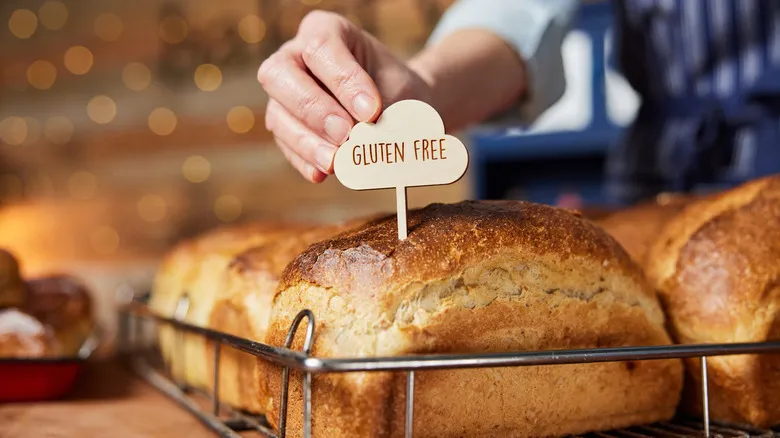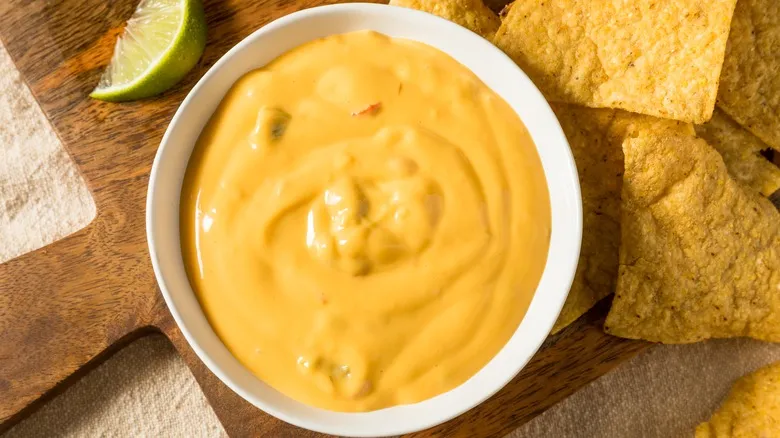Mastering the use of gluten-free ingredients
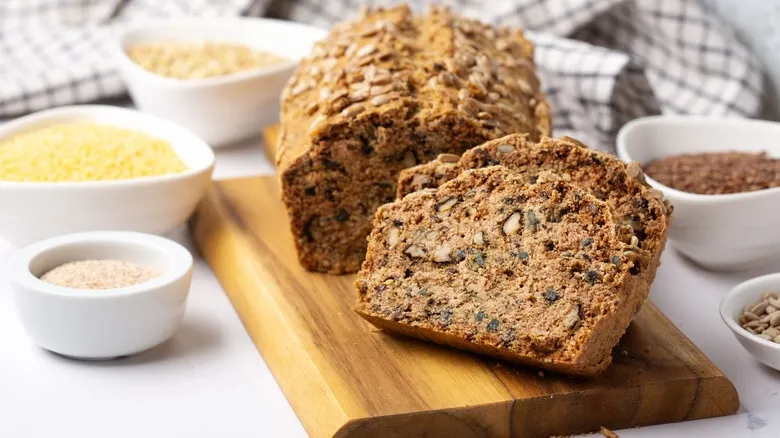
One reason gluten-free baking can feel daunting is the presence of unfamiliar ingredients. While some gluten-free recipes involve straightforward substitutions, such as replacing puff pastry with rice paper in croissants, others list a variety of complex ingredients that may be difficult to locate and use—psyllium husk being one of them. It is available in both whole and powdered forms; although both can be used, they must be added in different amounts, so be sure to follow your recipe closely. The powdered form is more commonly found and can be purchased at major retailers like Target, Whole Foods, and Safeway in the vitamins and supplements aisle. You can also find psyllium husk powder, such as this 1½-pound bag from Anthony's, on Amazon. Remember to mix it with water first to create a gel, then incorporate it with your chosen gluten-free flour according to the ratio specified in your recipe.
If psyllium husk is unavailable, xanthan gum serves as a suitable alternative for gluten-free baking. While psyllium is ideal for bread, xanthan gum is effective for helping cakes, cookies, and brownies rise—and any leftovers can even be used to make homemade marshmallows.
Recommended
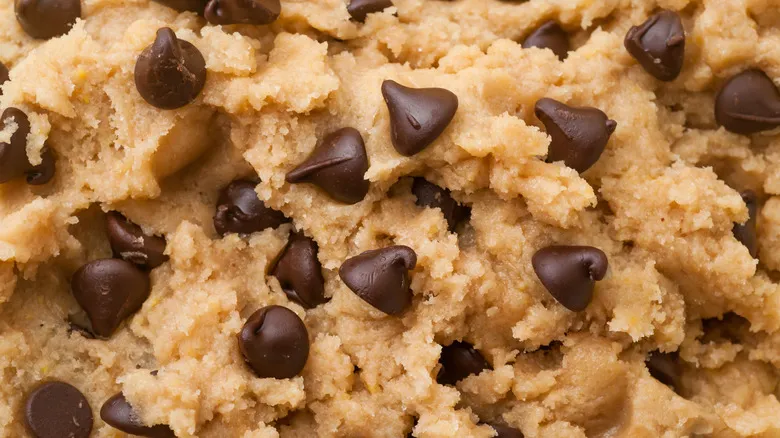
Why You Should Start Aging Your Cookie Dough
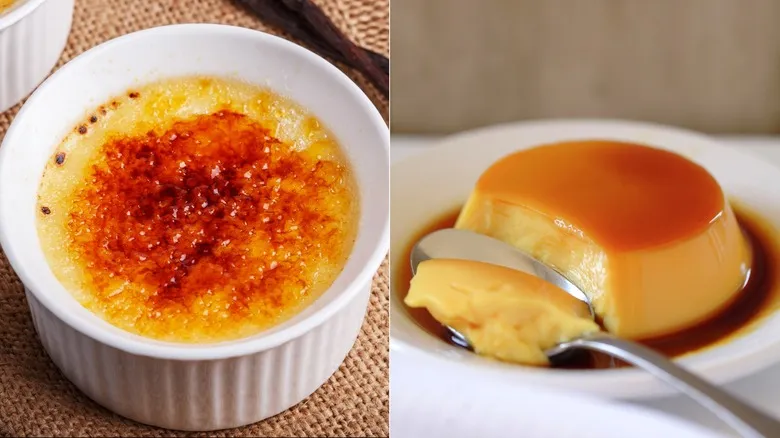
What Makes Flan Different From Crème Brûlée?
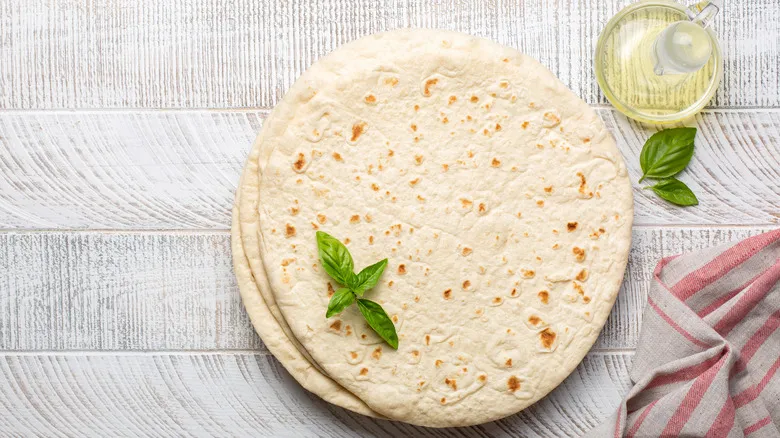
The Underrated Italian Flatbread That Is Deliciously Simple To Make
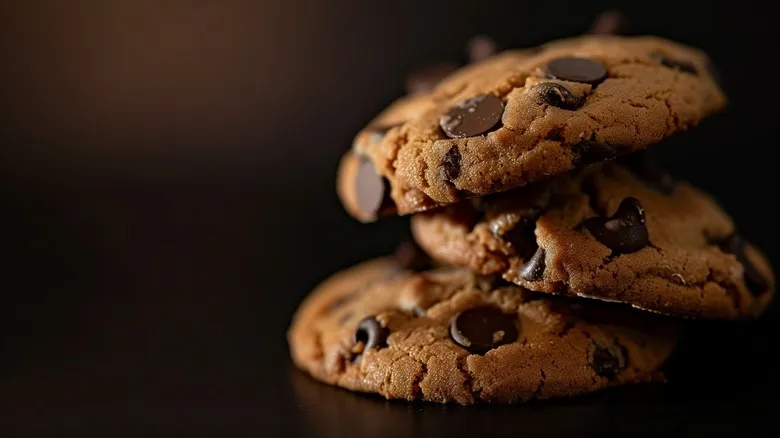
Holiday-Inspired Mix-Ins Are The Key To Festive Chocolate Chip Cookies
Next up

